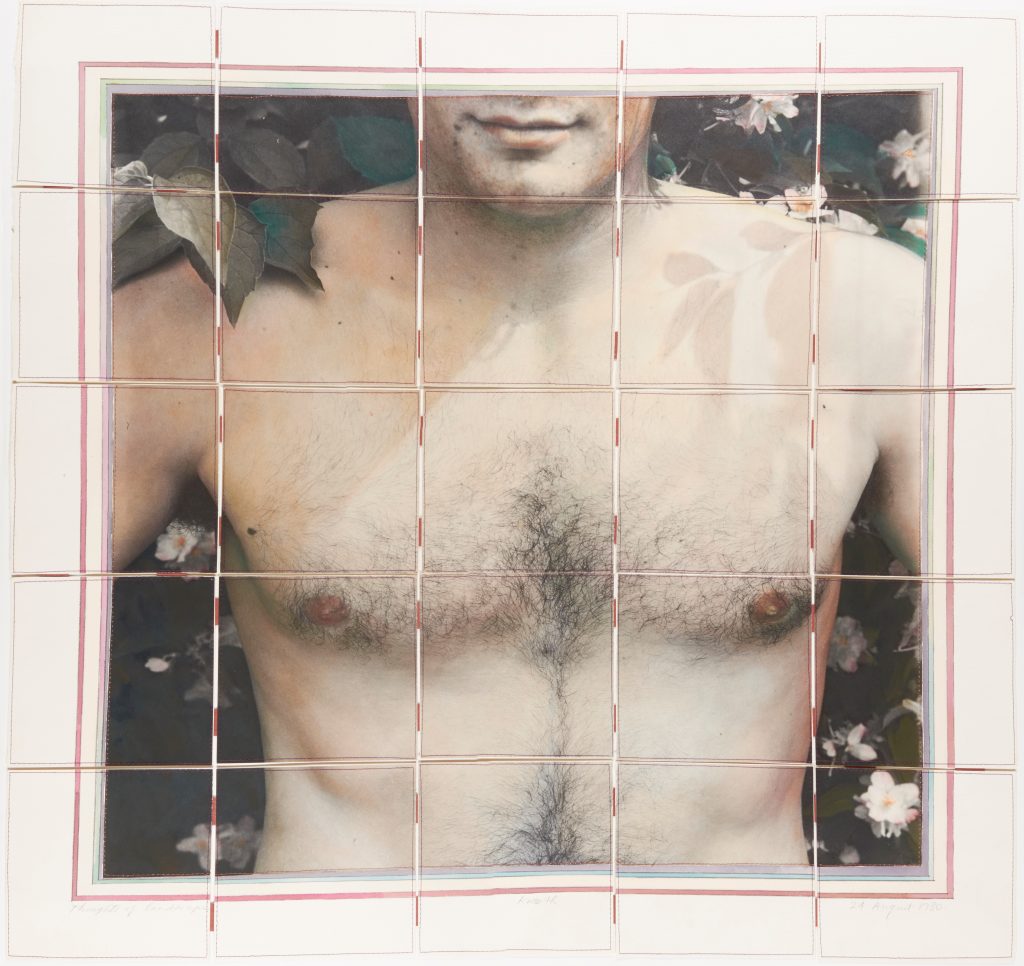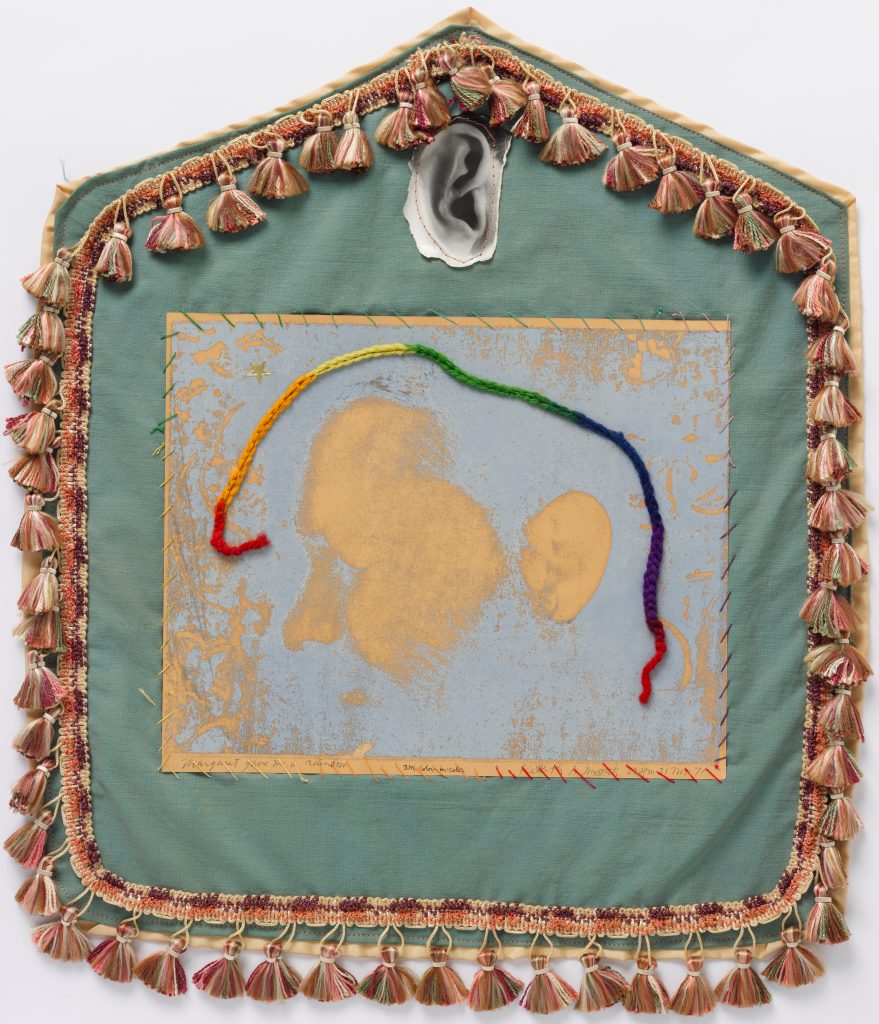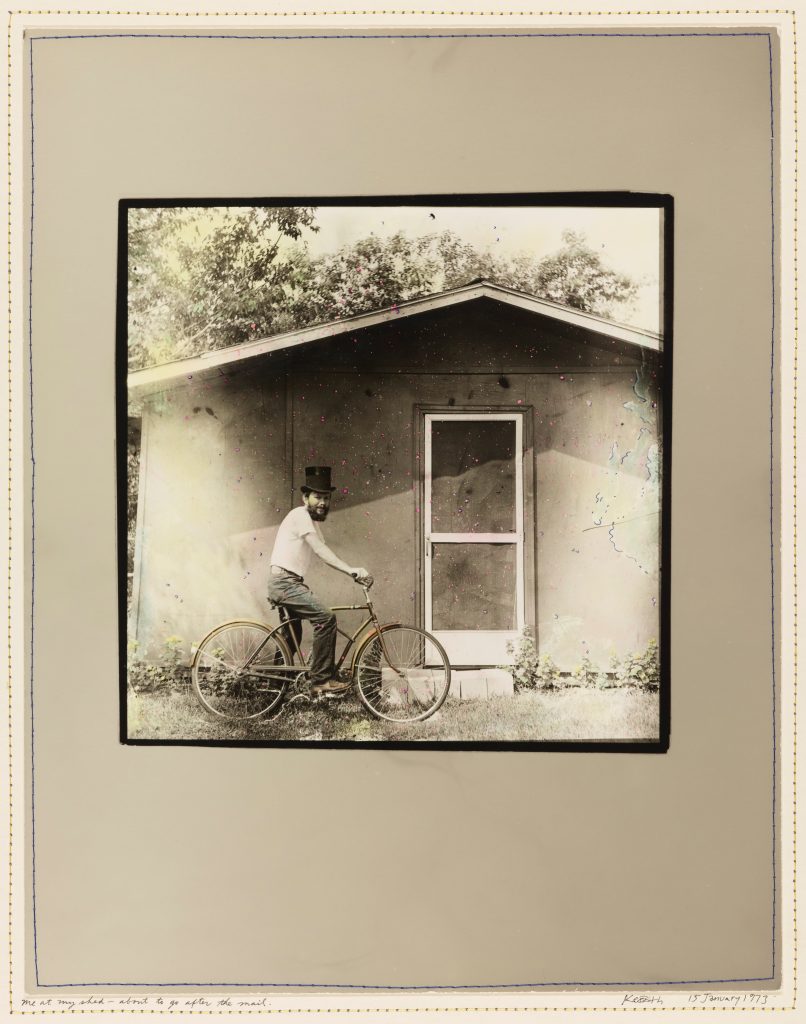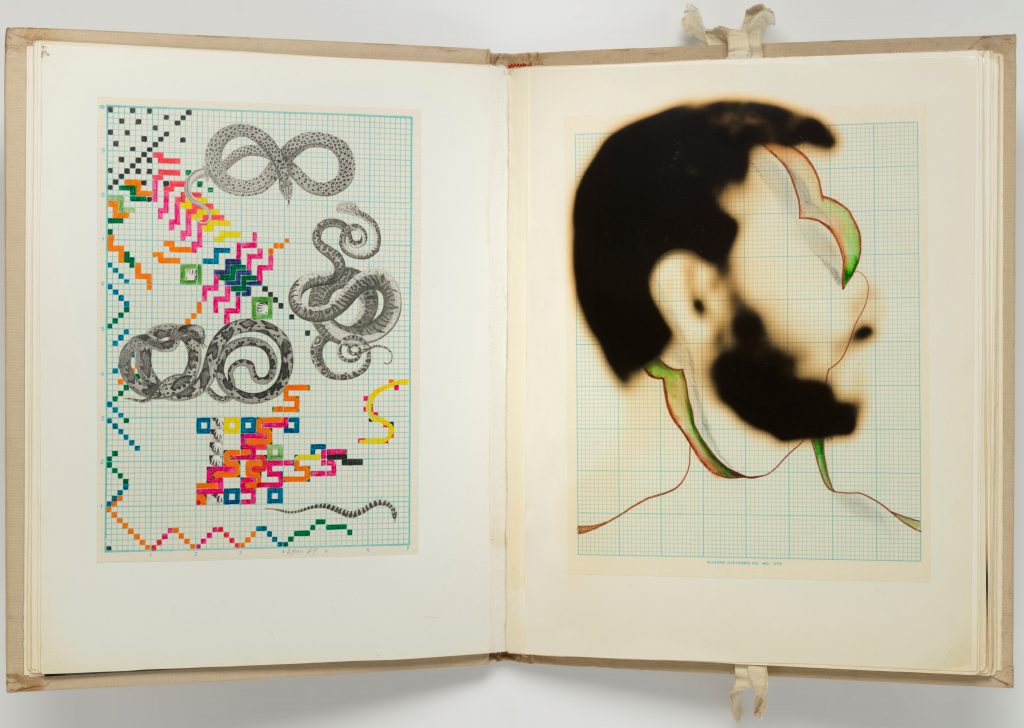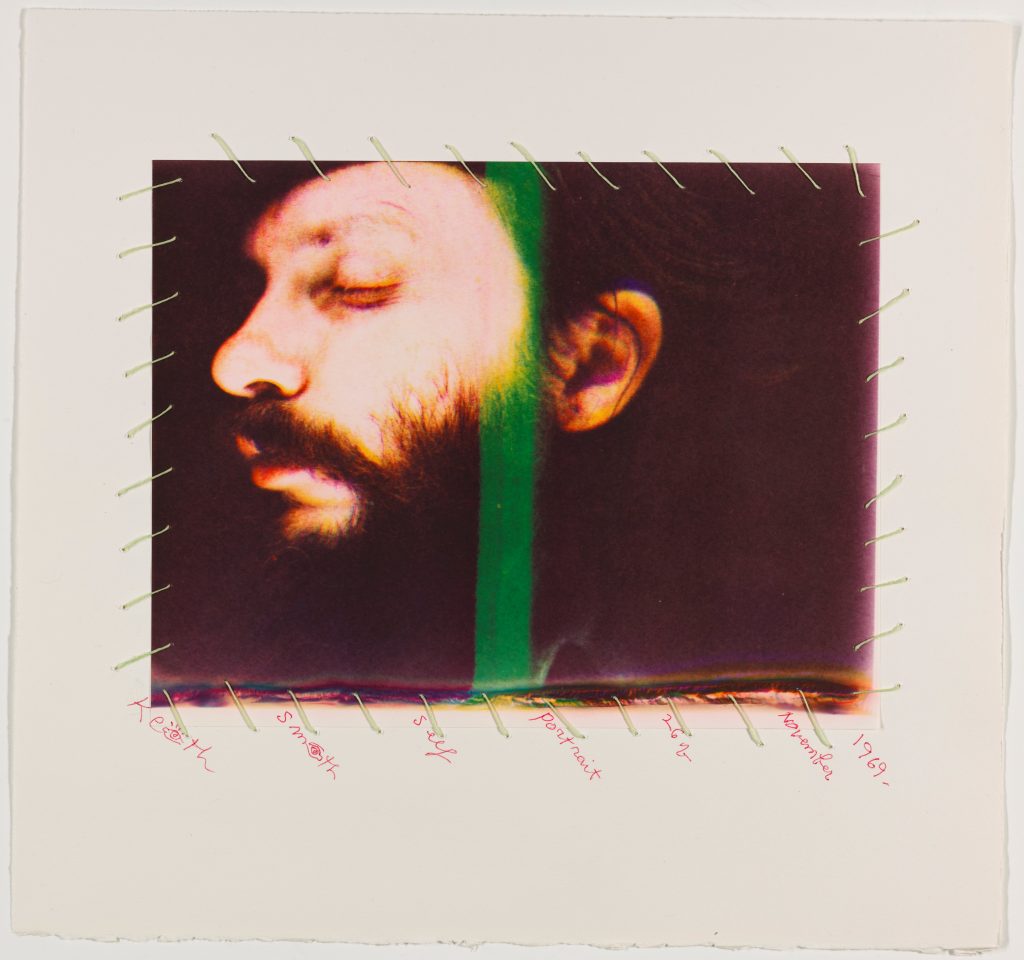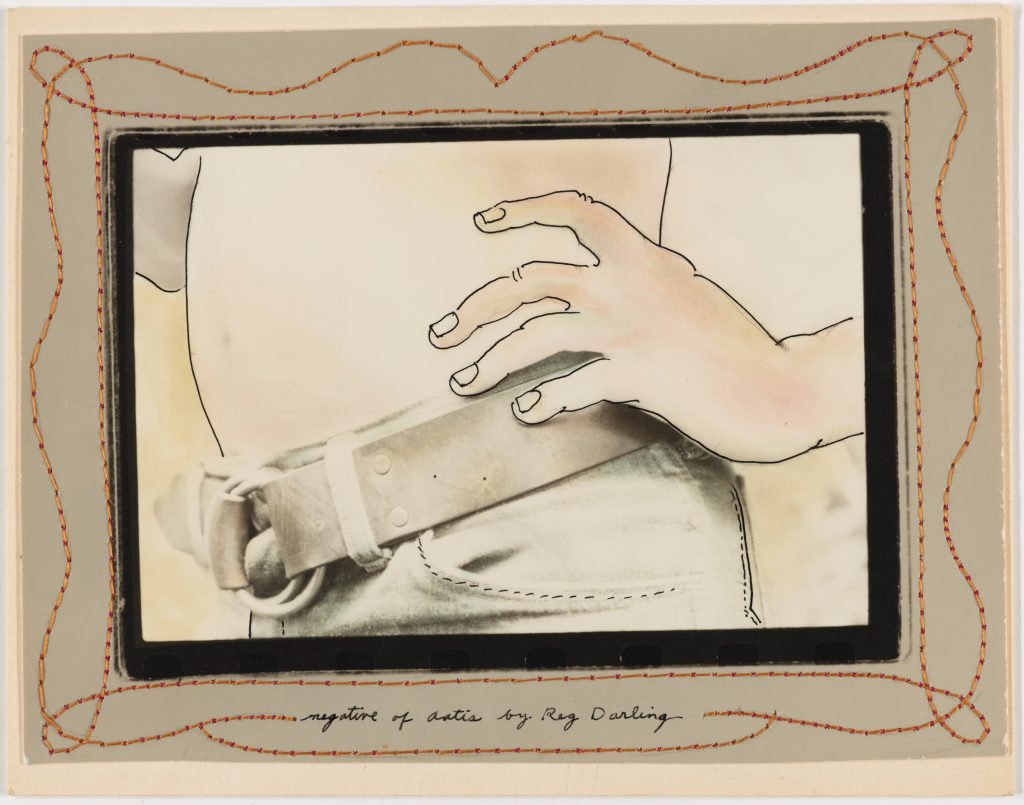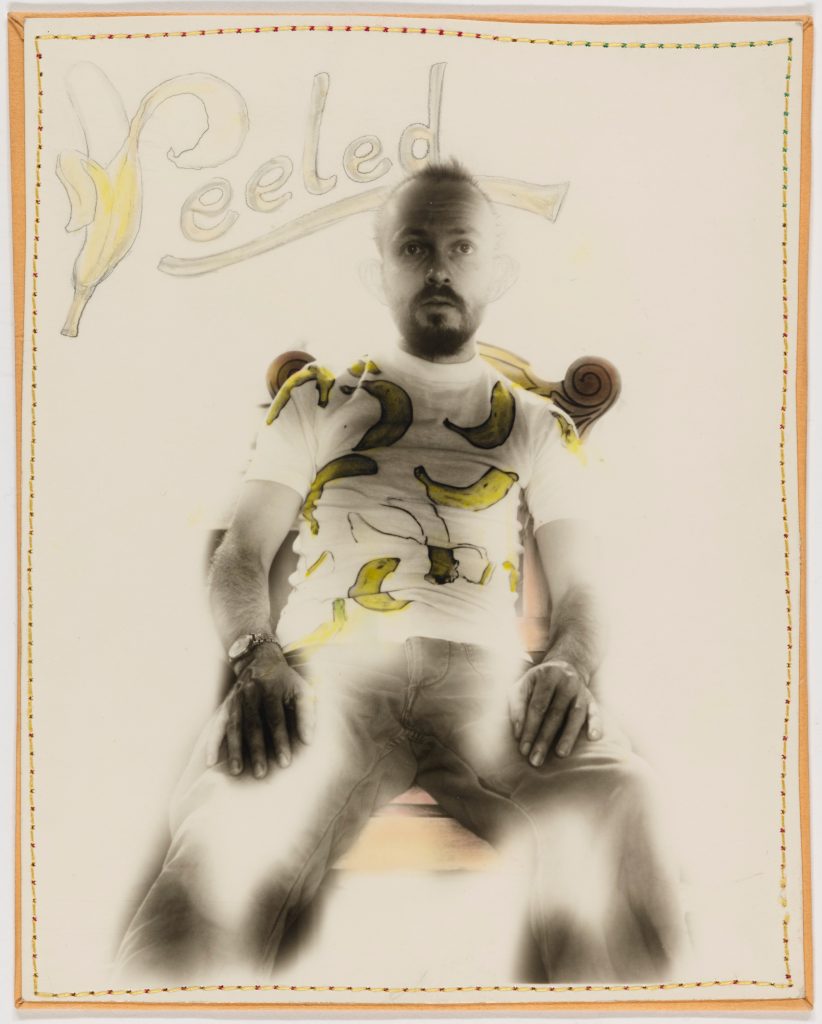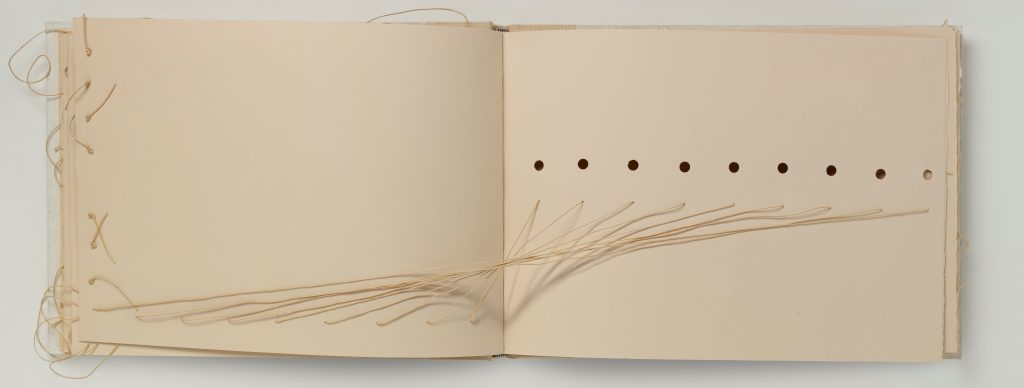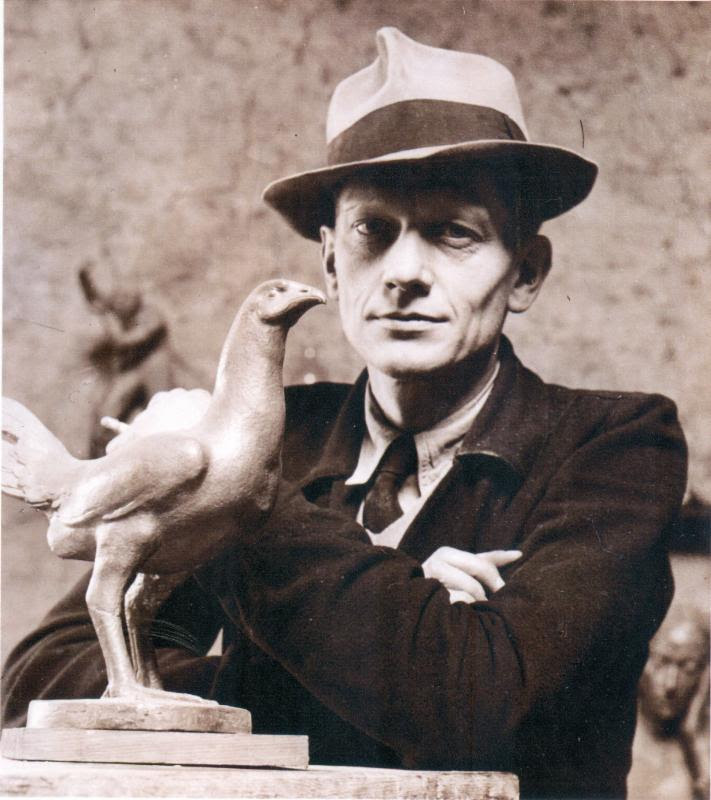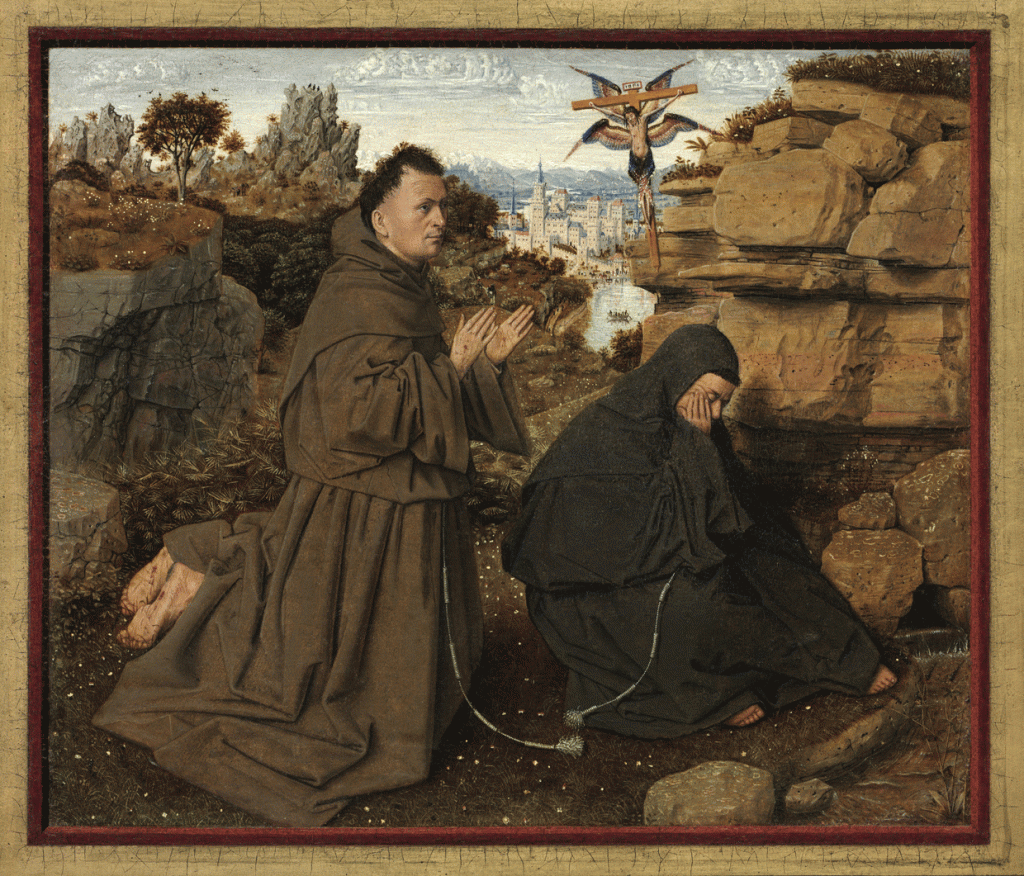 Set between two flowing fountains and tree-lined pathways, the James A. Michener Art Museum’s Pfundt Sculpture Garden captures the essence of Bucks County’s rolling terrain. Credit: Photo by B. Krist for VISIT PHILADELPHIA®
Set between two flowing fountains and tree-lined pathways, the James A. Michener Art Museum’s Pfundt Sculpture Garden captures the essence of Bucks County’s rolling terrain. Credit: Photo by B. Krist for VISIT PHILADELPHIA®
PHILLY GALLERIES SET THE SCENE FOR PICTURE-PERFECT GARDENS
Art Often Comes With A Side of Floral Beauty In Philadelphia
PHILADELPHIA – Throughout the Philadelphia region, art galleries and museums sit amid colorful gardens, quiet woodlands and serene meadows that accentuate the art found in both indoor and outdoor galleries. Here’s a look at some of the region’s museums and attractions that celebrate beauty inside and out:
- Abington Art Center – This vibrant cultural organization, known for its summer concert series, occupies part of the 27 acres of historic Alverthorpe Manor in Montgomery County. Inside, three galleries show as many as six regional and national art exhibitions annually. Outside, Katasura trees dot a meandering walkway through Sculpture Park, which is open and free to the public 365 days a year. 515 Meetinghouse Road, Jenkintown, (215) 887-4882, abingtonartcenter.org
- The Barnes Arboretum & Foundation – In suburban Merion, the Barnes Foundation’s 12-acre arboretum is astonishingly diverse for its size, with more than 2,500 varieties of woody and herbaceous plants, many rare. The arboretum opens to visitors May to September. The Barnes Foundation on the Benjamin Franklin Parkway honors its horticultural legacy with landscaped lawns, trees, park, fountain, contemplative walkways and outdoor seating on its 4.5-acre site. That location’s Garden Restaurant also features outdoor courtyard dining, while internal gardens throughout the building encourage visitors to imagine they are strolling directly into the landscapes they’re admiring on the walls. Arboretum, 300 N. Latch’s Lane, Merion, (215) 278-7200; Foundation, 2025 Benjamin Franklin Parkway, (215) 278-7200, barnesfoundation.org
- Brandywine River Museum of Art – It takes just one glimpse of the Virginia bluebells, Cardinal flowers and holly and bayberry bushes that border this onetime gristmill to understand why this landscape has served as muse for so many local artists. The Brandywine River Museum is internationally known for its unparalleled collection of works by three generations of Wyeths and its fine collection of American art. Outside, visitors can join guided walks through the wildflower and native plant gardens, which were dedicated by Lady Bird Johnson and, during the annual plant sale on Mother’s Day weekend, can take home seeds cultivated right on the grounds, as well as lovely in-bloom plants. 1 Hoffman’s Mill Road, Chadds Ford, (610) 388-2700, brandywinemuseum.org
- James A. Michener Art Museum – This Bucks County destination is home to the Edgar N. Putman Event Pavilion, a 2,700-square-foot indoor-outdoor space designed by architecture firm KieranTimberlake. The pavilion showcases museum programs—jazz nights, lectures, lively family events—within an elegant, all-glass structure that extends into the Patricia Pfundt Sculpture Garden. Inside, the museum’s eight galleries accommodate special exhibitions and a 3,000-piece permanent collection, including many Pennsylvania impressionist paintings that capture the essence of the county’s rolling terrain. 138 S. Pine Street, (215) 340-9800, Doylestown, michenerartmuseum.org
- Penn Museum – After viewing the impressive collection of international art and artifacts inside this historic University of Pennsylvania museum, visitors can relax in two magnificent gardens. The Warden Garden, now wheelchair accessible, features a classic koi pool, expansive lawns and mosaics created by Louis Comfort Tiffany. The Stoner Courtyard, built on the philosophy that places for nature are necessary in our built-up world, includes sculptural pieces by A.S. Calder, a cobblestone walkway and a beautiful marble fountain. Inside, guests marvel at ancient objects including African and Native American masks, Maya sculpture and Egyptian mummies. 3260 South Street, (215) 898-4000, penn.museum
- Philadelphia Museum of Art – Best known for its international exhibitions and world-renowned collections of more than 240,000 works, the crown jewel of the Benjamin Franklin Parkway is more than a museum. It’s also the unofficial gateway to Fairmount Park. The museum’s bi-level sculpture garden, with its combination of terraces, lawns, flora and water features, showcases an ever-changing sculpture collection overlooking Fairmount Park, the Schuylkill River, the four-acre Azalea Garden and the grand, neoclassical Fairmount Water Works. Works on display include large-scale pieces by Claes Oldenburg Ellsworth Kelly and Sol LeWitt. 2600 Benjamin Franklin Parkway, (215) 763-8100, philamuseum.org
- Rodin Museum – Movie-theater magnate, philanthropist and Rodin collector Jules Mastbaum, known for his eye for elegance, hired architects Paul Cret and Jacques Gréber to create this jewel-box museum. The venue’s intimate settings are perfect for taking in the extensive Rodin collection, one of the greatest single collections of his work outside Paris. Visitors seem to enjoy the front garden’s reflecting pool and tapestry of magnolia trees, shrubs and colorful flowers—some dating back to the 1920s—as much as they do The Thinker and Eternal Springtime. 2151 Benjamin Franklin Parkway, (215) 763-8100, rodinmuseum.org
- Second Bank of the United States – Inside this Parthenon-like structure is a first-rate collection of approximately 200 historic portraits of Founding Fathers, early leaders, explorers and others, many by Charles Willson Peale. Just steps away are several gardens. The Signers’ Garden, with native plants and trees, commemorates the creators of Declaration of the Independence. The 18th-Century Garden replicates formal English gardens of the day with geometrically patterned raised flowerbeds, walking paths, and a pergola. The Rose Garden and Magnolia Garden are secluded, colorful and fragrant refuges. Second Bank, 420 Chestnut Street; Signers’, 5th & Chestnut Streets; 18th-Century, Walnut Street between 3rd & 4th Streets; Rose and Magnolia, Locust Street between 4th & 5th Streets; (215) 965-2305, nps.gov/inde
- Winterthur Museum, Garden & Library – Textiles, paintings, prints, furniture and ceramics dating from 1640 to 1860 make the former home of Henry Francis du Pont a favorite for fans of Americana. Nature enthusiasts are drawn to the 60-acre garden nestled in the 1,000-acre country estate. Highlights of the garden include eight acres of azaleas, naturalized bulbs displays, peonies and primroses. Trails lead from the garden through rolling meadow, woodlands and waterways. If the kids get antsy, a short trip across the Troll Bridge leads to the Faerie Cottage in the Enchanted Woods. 5105 Kennett Pike, Winterthur, Delaware, (800) 448-3883, winterthur.org
- Woodmere Art Museum – At the top of the Chestnut Hill neighborhood of Philadelphia, this gem of a venue tells stories of Philadelphia’s art and artists, including N.C. Wyeth, Benjamin West and Violet Oakley, as well as new and emerging contemporary artists. The 19th-century stone Victorian mansion sits on six acres dotted with sculptures by Dina Wind and other Philadelphia-area artists surrounding Harry Bertoia’s sinuous fountain sculpture, Free Interpretation of Plant Forms. 9201 Germantown Avenue, (215) 247-0476, woodmereartmuseum.org
VISIT PHILADELPHIA® is our name and our mission. As the region’s official tourism marketing agency, we build Greater Philadelphia’s image, drive visitation and boost the economy.
On Greater Philadelphia’s official visitor website and blog, visitphilly.com and uwishunu.com, visitors can explore things to do, upcoming events, themed itineraries and hotel packages. Compelling photography and videos, interactive maps and detailed visitor information make the sites effective trip-planning tools. Along with Visit Philly social media channels, the online platforms communicate directly with consumers. Travelers can also call and stop into the Independence Visitor Center for additional information and tickets.
Thank you to Visit Philly for the content of this post.
Like DoNArTNeWs Philadelphia Art News Blog on facebook
Follow DoN on Twitter @DoNNieBeat58
@donniebeat on Instagram
Affiliate Marketing Disclosure Statement
Donate via safe and secure PayPal in the sidebar.

